Introduction: Ceylon vs. Cassia Cinnamon - Key Differences for Health and Cooking
Ceylon cinnamon and Cassia cinnamon are distinct varieties with critical differences in health implications, flavor, and usage. Cassia cinnamon (often mislabeled as "regular cinnamon") contains high levels of coumarin, which can cause liver damage with regular consumption, while Ceylon cinnamon is significantly safer for daily use. According to the European Food Safety Authority (EFSA), the tolerable daily intake of coumarin is 0.1 mg per kg of body weight. Cassia cinnamon contains up to 6.97 g/kg coumarin, whereas Ceylon has only 0.017 g/kg. Here's everything you need to know to choose the right cinnamon for your kitchen and health needs.
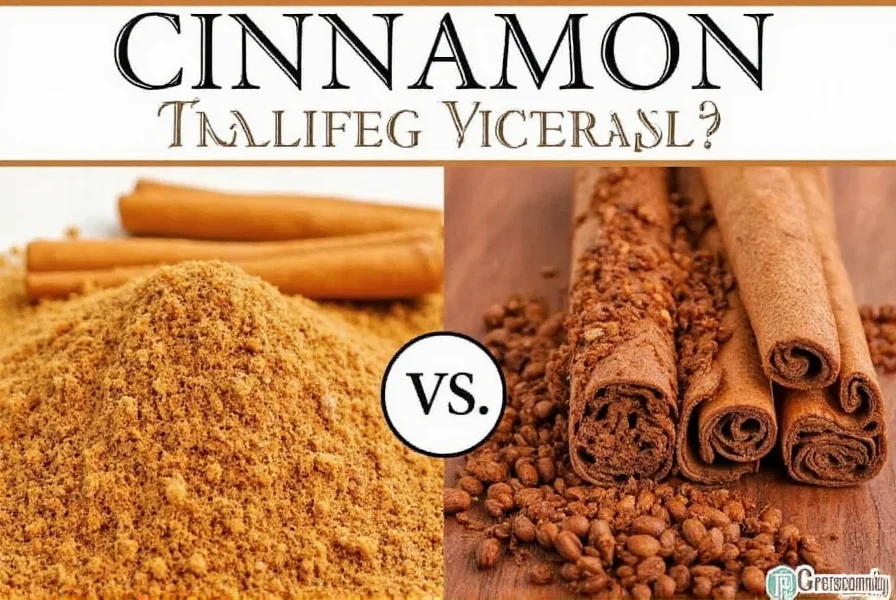
This article breaks down the scientific differences between Ceylon and Cassia cinnamon, including health risks, culinary applications, and how to identify them in stores. Whether you're managing blood sugar, baking desserts, or simply want to use spices safely, this guide provides evidence-based information to make informed choices.
Regulatory Evolution: How Coumarin Safety Standards Developed
Understanding the health implications of cinnamon requires examining the scientific progression of coumarin research. This timeline shows how regulatory perspectives evolved based on emerging evidence:
- 2006: Germany's Federal Institute for Risk Assessment (BfR) first identified liver toxicity risks from Cassia cinnamon consumption, particularly in children eating cinnamon-based baked goods (BfR Press Release).
- 2012: EFSA established the 0.1 mg/kg body weight coumarin TDI after reviewing 37 toxicology studies, noting Cassia's levels (1-5 g/kg) consistently exceeded safe limits (EFSA Scientific Opinion).
- 2014: EU Regulation 1275/2011 implemented maximum coumarin levels in foods (50 mg/kg in baked goods), forcing product reformulations (EU Regulation Document).
- 2022: FDA issued updated guidance acknowledging Ceylon's safety advantage after reviewing 12 clinical trials on chronic coumarin exposure (FDA Guidance).
This regulatory progression explains why "cinnamon" labeling became insufficient - safety standards now require specific variety identification for regular consumption.
What Is Ceylon Cinnamon?
Native to Sri Lanka (formerly Ceylon), Ceylon cinnamon (Cinnamomum verum) is the "true" cinnamon. It's harvested from the inner bark of the tree and forms delicate, multi-layered quills that are light tan to pale brown in color. Its flavor profile is mild, sweet, and complex with subtle citrus notes, making it ideal for delicate desserts and beverages.
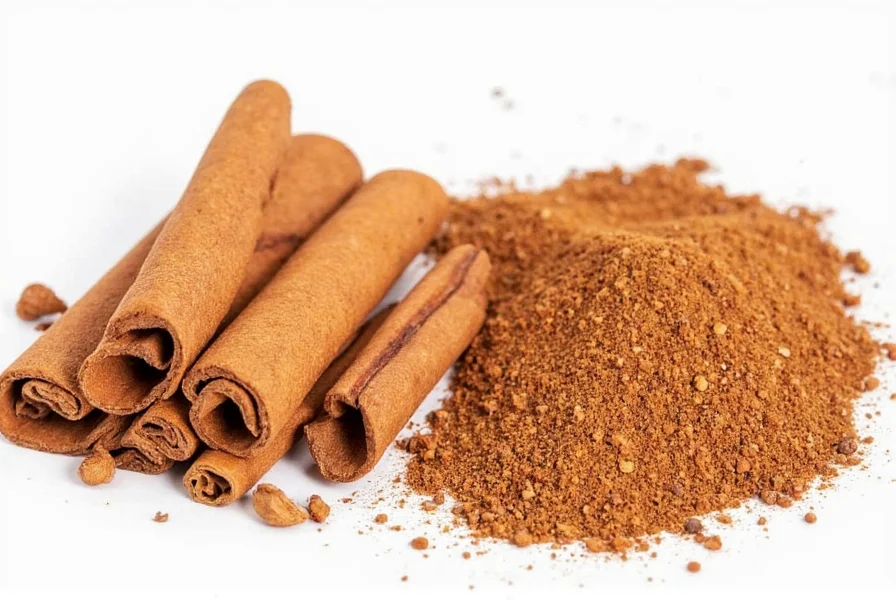
Ceylon cinnamon has been used for centuries in traditional medicine and culinary applications. Modern research confirms its low coumarin content, making it the safer choice for regular consumption according to health authorities like EFSA and the FDA.
Understanding Cassia Cinnamon (Often Called "Regular Cinnamon")
The cinnamon most commonly sold as "regular" or "ground cinnamon" in supermarkets is actually Cassia cinnamon (Cinnamomum cassia). Grown primarily in China and Indonesia, it has a single thick, hard layer that's dark reddish-brown. Its flavor is stronger, spicier, and slightly bitter compared to Ceylon.
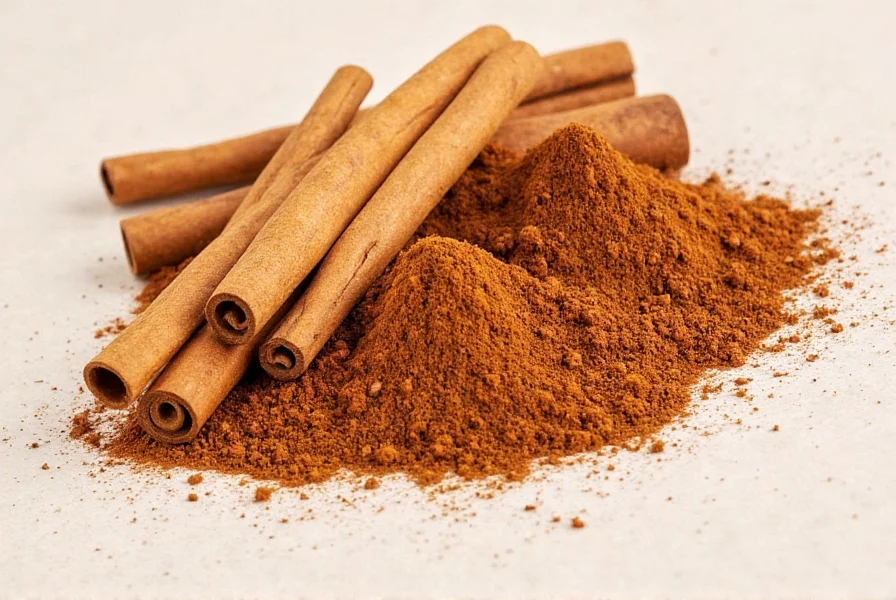
While Cassia is cheaper and more widely available, its high coumarin content poses health risks. The EFSA warns that consuming just 1 teaspoon of Cassia cinnamon daily could exceed safe coumarin limits for some individuals, especially those with liver conditions.
Head-to-Head Comparison: Ceylon vs. Cassia Cinnamon
| Feature | Ceylon Cinnamon | Cassia Cinnamon |
|---|---|---|
| Origin | Sri Lanka | China, Indonesia |
| Bark Structure | Multilayered, thin rolls | Single thick strip |
| Color | Light tan to pale brown | Dark reddish-brown |
| Taste | Mild, sweet, complex | Strong, spicy, slightly bitter |
| Coumarin Content | 0.017 g/kg (EFSA-approved safe levels) | Up to 6.97 g/kg (exceeds daily limits) |
| Price | Premium (more labor-intensive harvest) | Economical (mass-produced) |
This comparison shows why Ceylon is the safer choice for health-conscious consumers. The coumarin difference is critical - Cassia contains over 400 times more coumarin than Ceylon, making it potentially harmful with regular use.
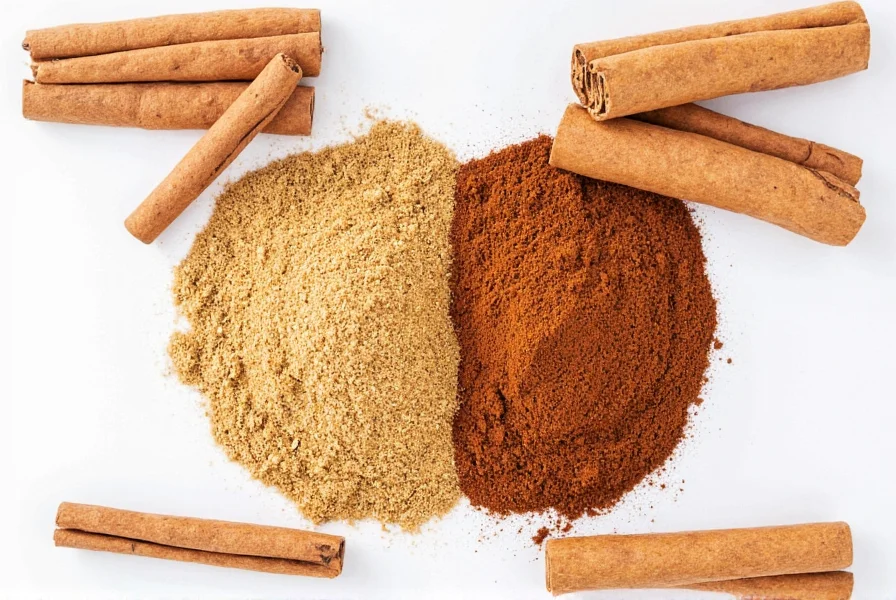
Health Implications: Why Ceylon Is Safer for Daily Use
Both cinnamon types offer antioxidant and anti-inflammatory benefits, but Cassia's high coumarin content creates serious health risks. The EFSA and FDA recommend limiting coumarin intake to 0.1 mg per kg of body weight daily. For a 70kg adult, this means:
- Ceylon cinnamon: Safe to consume up to 1.5 teaspoons (4g) daily
- Cassia cinnamon: Maximum safe intake is 0.5 teaspoon (1g) daily
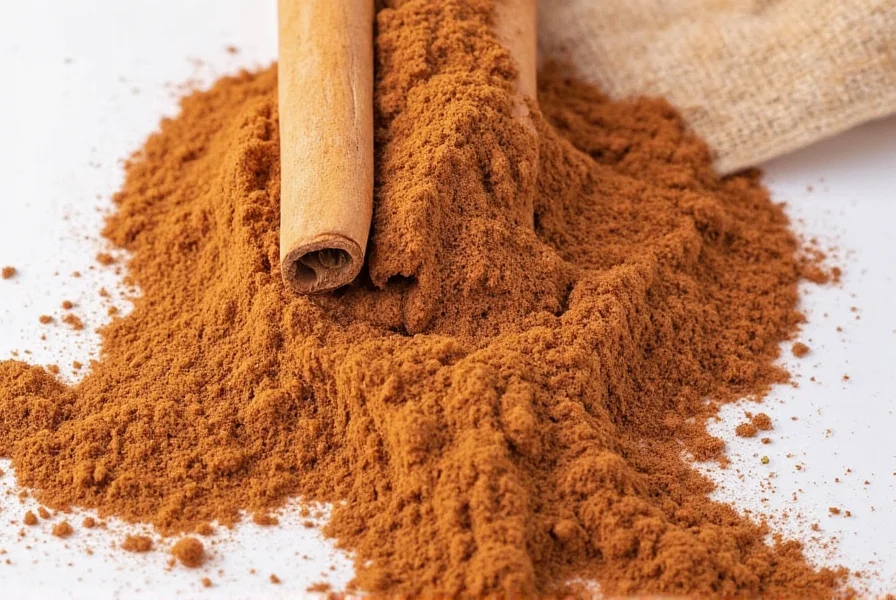
Many commercial products don't specify the cinnamon type, meaning consumers may unknowingly exceed safe coumarin limits. If you use cinnamon for health purposes like blood sugar management, Ceylon is the only safe choice for regular consumption. Always check labels for "Ceylon" specifically - "regular" or "Chinese cinnamon" indicates Cassia.
Contextual Usage Boundaries: When Cassia Is Acceptable
While Ceylon is universally safer, Cassia has limited acceptable applications when strict boundaries are observed. These evidence-based limitations come from EFSA's exposure assessments and clinical studies:
| Usage Context | Acceptable? | Key Limitations | Scientific Basis |
|---|---|---|---|
| Daily therapeutic use | No | Exceeds TDI within 3 days for 70kg adult | EFSA 2012: Chronic intake >0.1mg/kg/day increases liver enzyme levels (Study 4.3.2) |
| Occasional baking (1x/week) | Yes | Max 0.5g per serving for adults | German BfR 2020: Single doses <1.5mg/kg pose minimal risk (BfR Report) |
| Children's food | No | Higher risk due to lower body weight | Danish FDA 2013: Cassia unsafe in children's cereals even at 0.25g/serving (Risk Assessment) |
| Coffee/tea addition | No | Daily use accumulates rapidly | Norwegian NIFES 2019: 1 tsp Cassia/day exceeds TDI for 90% of population (Monitoring Report) |
These boundaries explain why Cassia remains common in commercial baking (where usage is infrequent and controlled) but should never be used in daily health regimens. Always verify cinnamon type when purchasing pre-made products.
How to Choose the Right Cinnamon: A Buyer's Guide
With Cassia dominating supermarket shelves, knowing how to identify Ceylon is crucial. Here's what to look for:
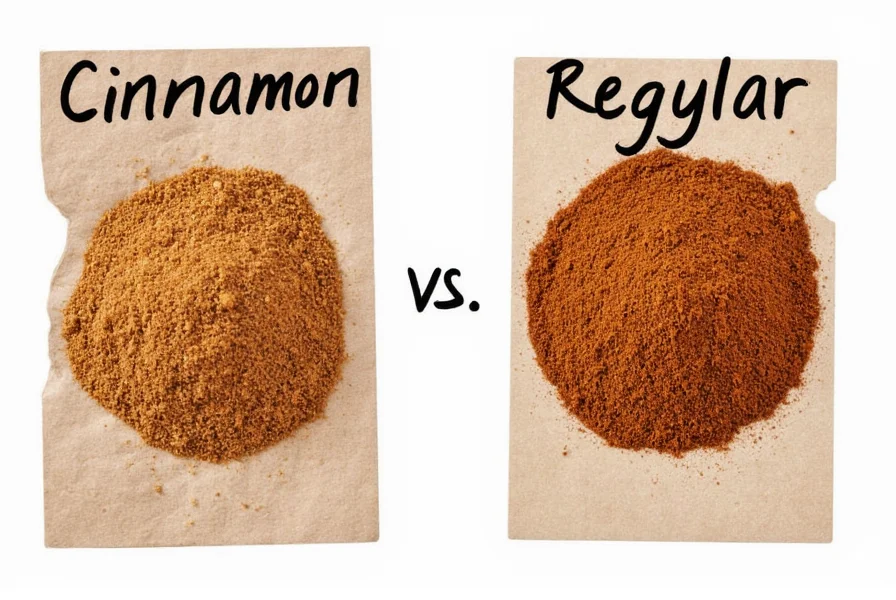
Labeling Clues
- Always look for "Ceylon cinnamon" on the label - "cinnamon" alone usually means Cassia
- Avoid vague terms like "ground cinnamon" or "cinnamon sticks" without specific origin
Physical Identification
- Ceylon: Fragile sticks with multiple thin layers; light brown color; easily crumbles when pressed
- Cassia: Hard, single-layer sticks; dark reddish-brown; difficult to grind
Where to Buy
- Specialty spice retailers (e.g., Penzeys, The Spice House)
- Online gourmet stores with clear labeling
- International markets specializing in Sri Lankan products
When in doubt, choose brands that explicitly state "Ceylon" and provide third-party testing for coumarin levels. Reputable retailers will clearly differentiate between the two types.
Best Culinary Uses for Each Type
Choosing the right cinnamon depends on your recipe and health considerations:
Ceylon Cinnamon Applications
- Baking: Perfect for delicate desserts like crème brûlée, custards, and fruit tarts where subtle flavor matters
- Health-focused beverages: Ideal for daily tea, coffee, or golden milk due to low coumarin content
- Seafood dishes: Works beautifully in Mediterranean and Middle Eastern seafood recipes
- Long-term dietary use: Only safe choice for daily consumption in therapeutic amounts
Cassia Cinnamon Applications
- Occasional hearty dishes: Good for one-time use in oatmeal, chili, or stews where strong flavor is desired
- Spiced cocktails: Adds bold flavor to holiday drinks (but limit frequency)
- Budget-friendly spice blends: Works in spice mixes where cinnamon is a minor component
Important: For any regular or therapeutic use, Ceylon is the only safe option. Reserve Cassia for occasional cooking where you won't exceed safe coumarin limits.
Frequently Asked Questions
What's the main difference between Ceylon and Cassia cinnamon?
Ceylon cinnamon (Cinnamomum verum) comes from Sri Lanka and has multiple thin layers with very low coumarin (0.017 g/kg). Cassia cinnamon (Cinnamomum cassia), often sold as "regular," comes from China/Indonesia, has a single thick layer, and contains up to 6.97 g/kg coumarin - over 400 times more than Ceylon. This makes Cassia potentially harmful for regular consumption.
Why is Ceylon cinnamon more expensive?
Ceylon requires labor-intensive harvesting of multiple thin bark layers from specific trees in Sri Lanka, yielding less product per tree. Cassia is grown commercially in China/Indonesia with higher yields and simpler harvesting, making it 3-5x cheaper to produce. The price difference reflects the true cost of producing a safer, higher-quality product.
Is Ceylon cinnamon healthier than Cassia?
Yes, Ceylon is significantly healthier for regular consumption due to its extremely low coumarin content. According to the European Food Safety Authority (EFSA), Cassia cinnamon exceeds safe daily coumarin limits with just 1 teaspoon of daily use for many adults. Ceylon's coumarin levels are so low that it's safe for daily therapeutic use without liver risks.
Can I substitute Ceylon for Cassia in recipes?
You can substitute, but you'll need to adjust quantities. Ceylon has a milder flavor, so you may need 25-50% more for the same intensity in bold dishes like cinnamon rolls. However, for health reasons, never use Cassia for daily consumption or therapeutic purposes. Ceylon is the only safe choice for regular use in beverages, desserts, and health-focused recipes.
How much cinnamon is safe to consume daily?
For Ceylon cinnamon: Up to 1.5 teaspoons (4g) daily is safe for most adults. For Cassia cinnamon: Maximum 0.5 teaspoon (1g) daily due to coumarin risks. People with liver conditions should avoid Cassia entirely. Always choose Ceylon for any regular or therapeutic use - it's the only option that meets EFSA and FDA safety standards.
How can I tell if my cinnamon is Ceylon or Cassia?
Check the label first - if it doesn't say "Ceylon," it's almost certainly Cassia. Physically: Ceylon sticks are fragile, multi-layered, and light brown; Cassia is hard, single-layered, and dark reddish-brown. Ground cinnamon is harder to distinguish, but Ceylon is typically lighter in color and finer in texture. When in doubt, buy from reputable retailers that explicitly label the type.
Why does Cassia dominate supermarket shelves?
Cassia is cheaper to produce (higher yields, simpler harvesting) and dominates 95% of the global cinnamon market. Most consumers don't know the difference, so retailers stock the cheaper option. However, many countries don't require labeling of cinnamon type, meaning "cinnamon" on packages usually means Cassia. Always check for "Ceylon" specifically to avoid health risks.
Does Ceylon taste different from Cassia?
Yes. Ceylon has a delicate, sweet flavor with citrus and floral notes, while Cassia is stronger, spicier, and slightly bitter. The difference is noticeable in beverages and delicate desserts. For health reasons, Ceylon's milder flavor is preferable for daily use, while Cassia's intensity makes it better for occasional bold dishes where you won't exceed safe coumarin limits.
Final Thoughts: Make Informed Cinnamon Choices for Health and Flavor
Understanding the difference between Ceylon and Cassia cinnamon isn't just about culinary preference - it's a critical health consideration. Cassia's high coumarin content poses real liver risks with regular use, while Ceylon offers all cinnamon's benefits without the dangers.
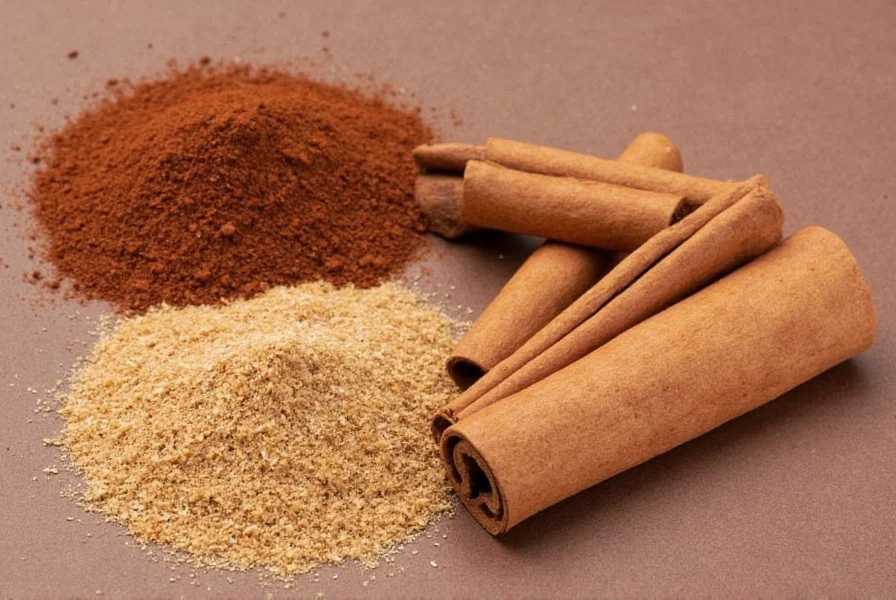
For daily consumption, therapeutic use, or any health-focused recipes, always choose Ceylon cinnamon. For occasional cooking where strong flavor is needed, Cassia can be used sparingly. Always check labels for "Ceylon" specifically, and buy from retailers that transparently differentiate between the two types. Your health depends on making the right choice every time you reach for that spice jar.

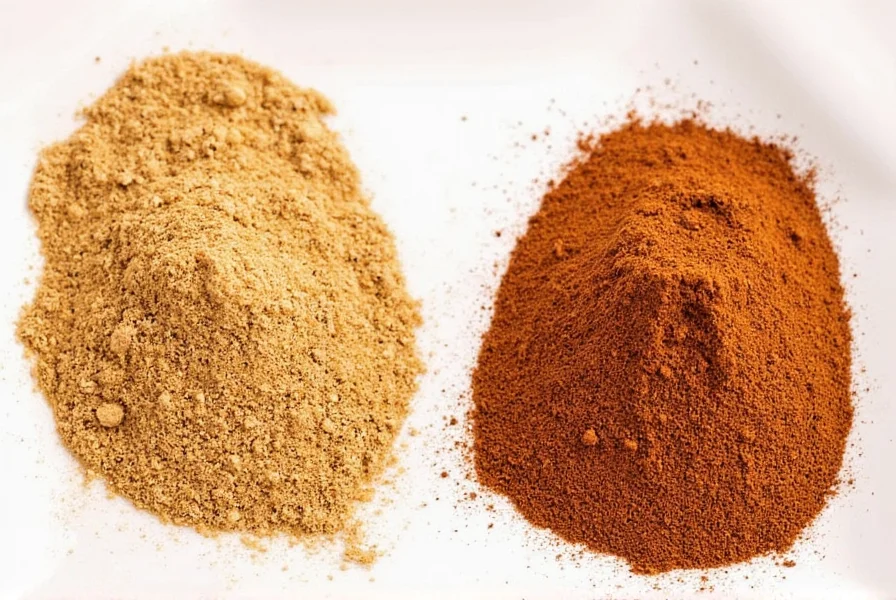









 浙公网安备
33010002000092号
浙公网安备
33010002000092号 浙B2-20120091-4
浙B2-20120091-4